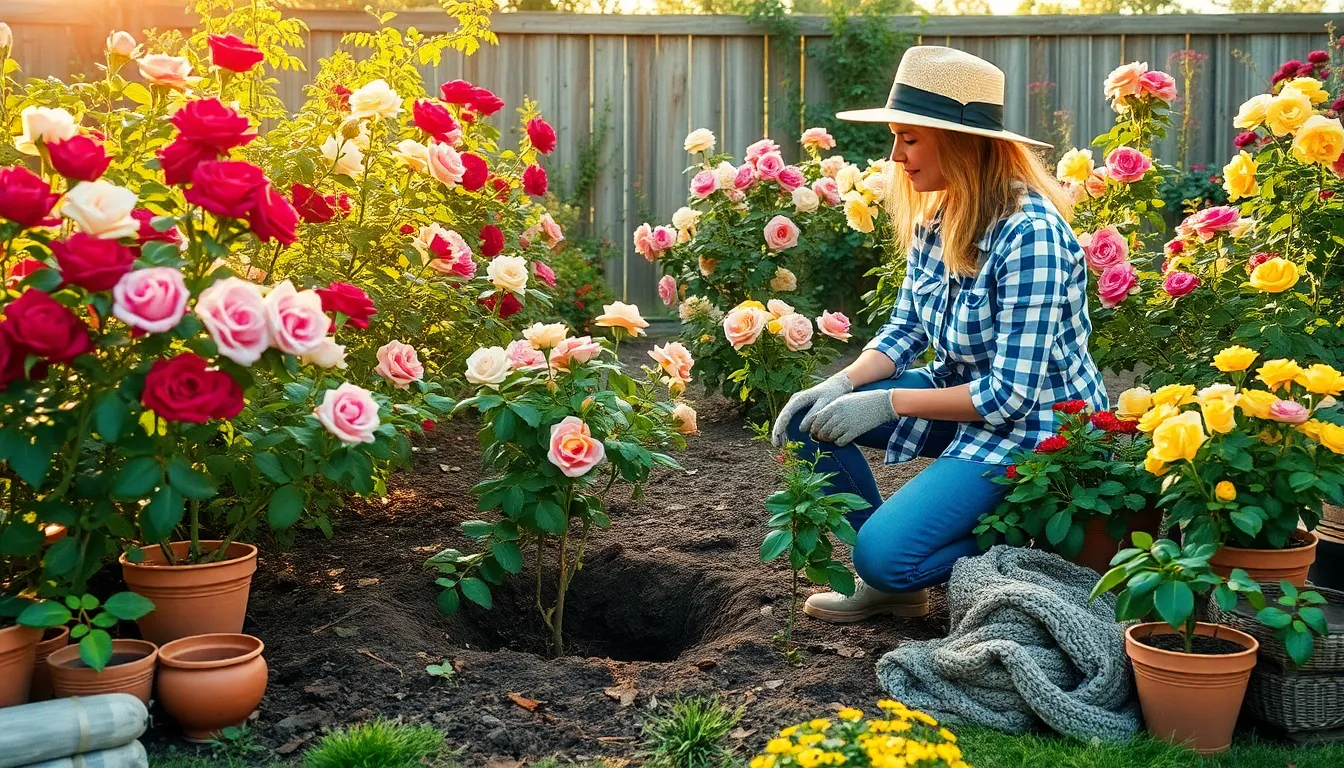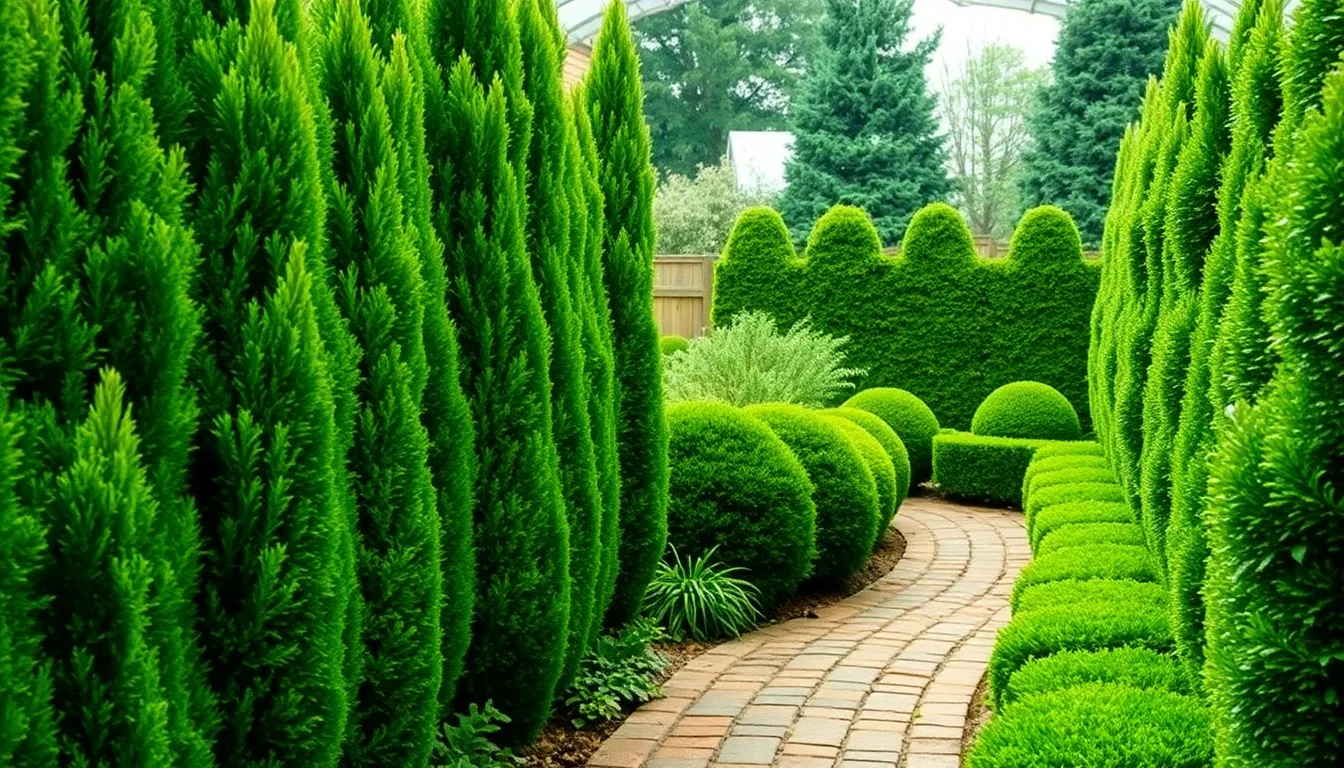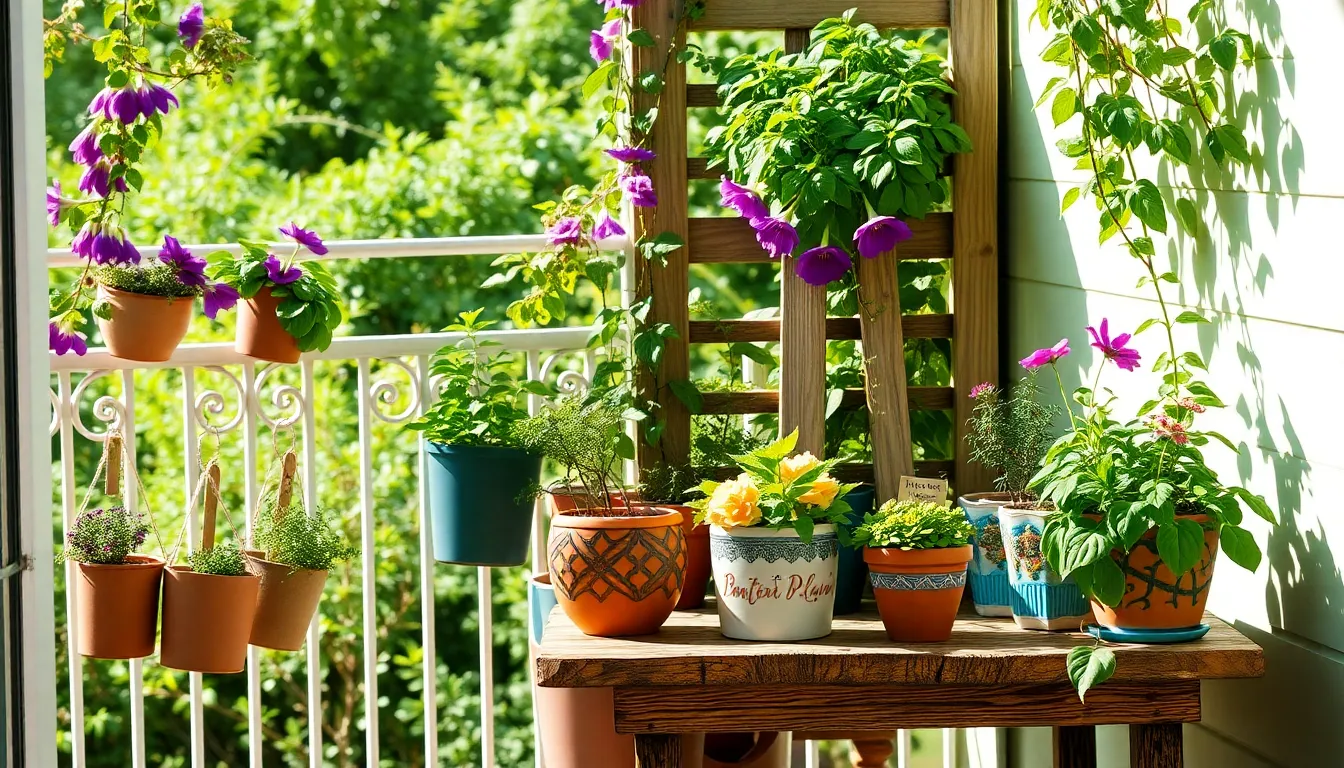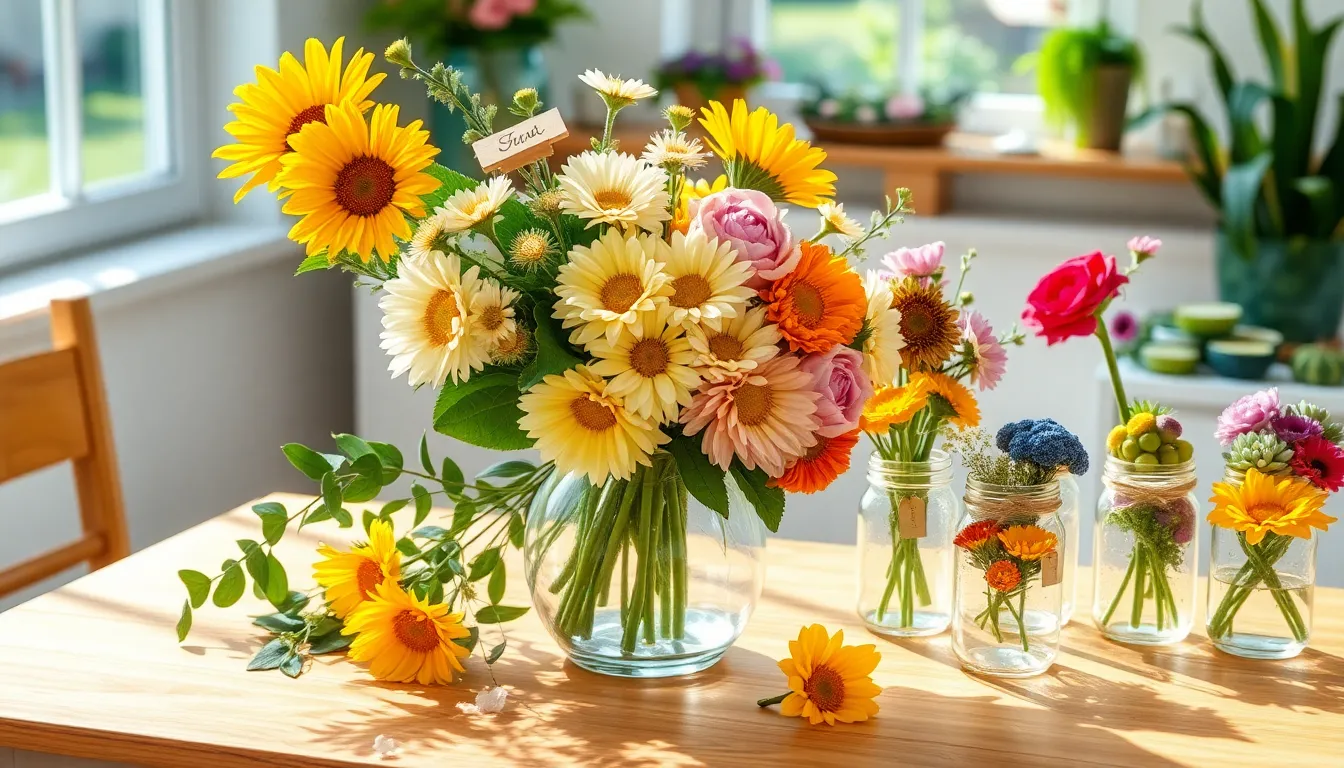Imagine stepping into your backyard and being greeted by a vibrant tapestry of roses, their blooms adding a splash of color and a touch of elegance to your outdoor sanctuary. Whether you’re a green-thumbed veteran or a newcomer to the gardening world, planting roses can be a rewarding endeavor that fills your garden with beauty and your heart with pride.
For both seasoned horticulturists and budding gardeners, this guide offers a treasure trove of practical tips and insights to ensure your rose garden thrives. From selecting the right varieties to mastering planting techniques, you’ll find the know-how you need to turn your rose-growing dreams into a fragrant reality.
As you delve into these pages, you’ll discover the joy of nurturing roses and the simple pleasures of watching them flourish. With a wealth of information at your fingertips, you’ll feel empowered to create a stunning display that not only enhances your landscape but also provides a serene retreat right at your doorstep.
Choose a Sunny Planting Spot
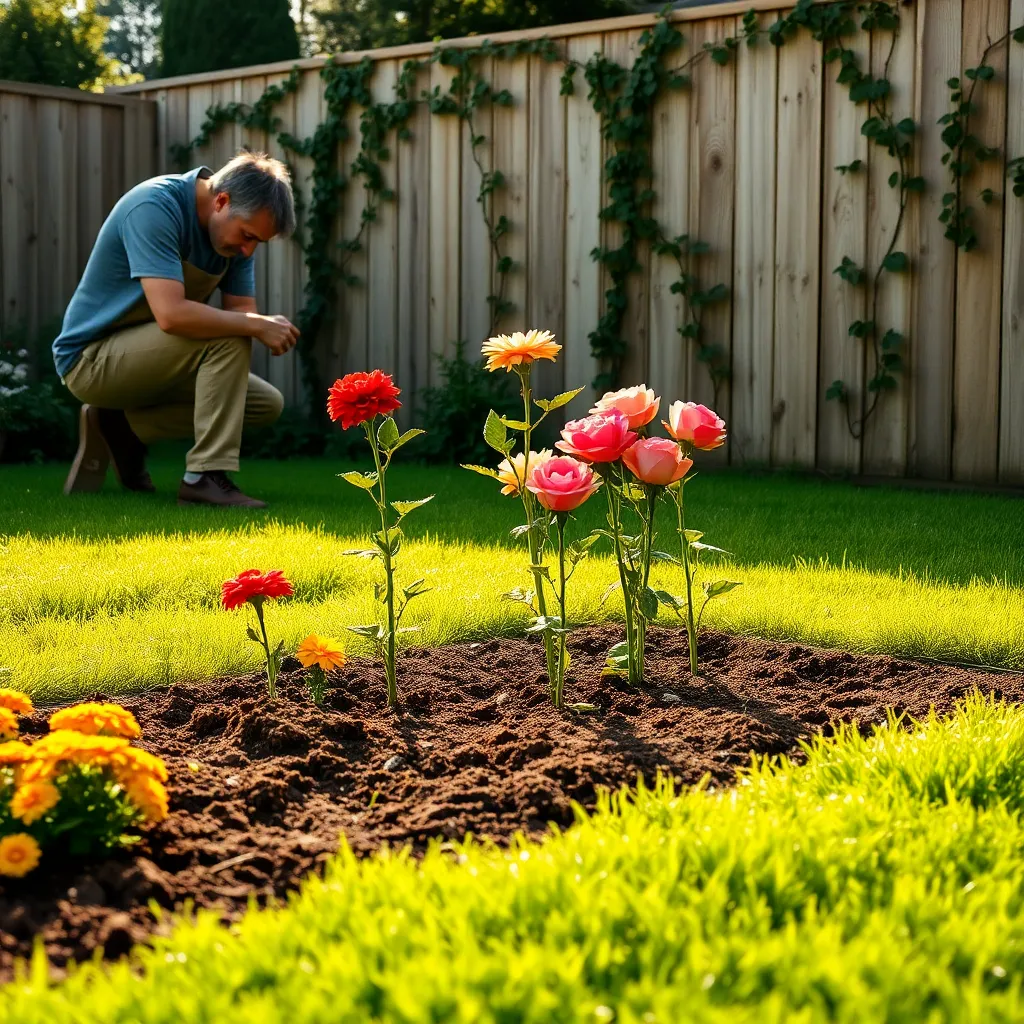
When choosing a spot for planting roses, ensure it receives at least six hours of direct sunlight each day. Roses thrive in full sun and need this exposure to bloom profusely and stay healthy.
Sunlight is crucial, but so is the soil condition in your planting area. Opt for well-drained soil with a slightly acidic to neutral pH, ideally between 6.0 and 7.0, to support robust rose growth.
To determine if your chosen spot has good drainage, dig a small hole and fill it with water. If the water drains within a couple of hours, you have a suitable site for your roses; if not, consider amending the soil with organic matter or choosing a different location.
Advanced gardeners might consider conducting a soil test to precisely adjust the pH level and nutrient content. This can be a game-changer, leading to an optimal growing environment with tailored amendments such as lime or sulfur based on the test results.
Prepare Well-Drained Soil Beds
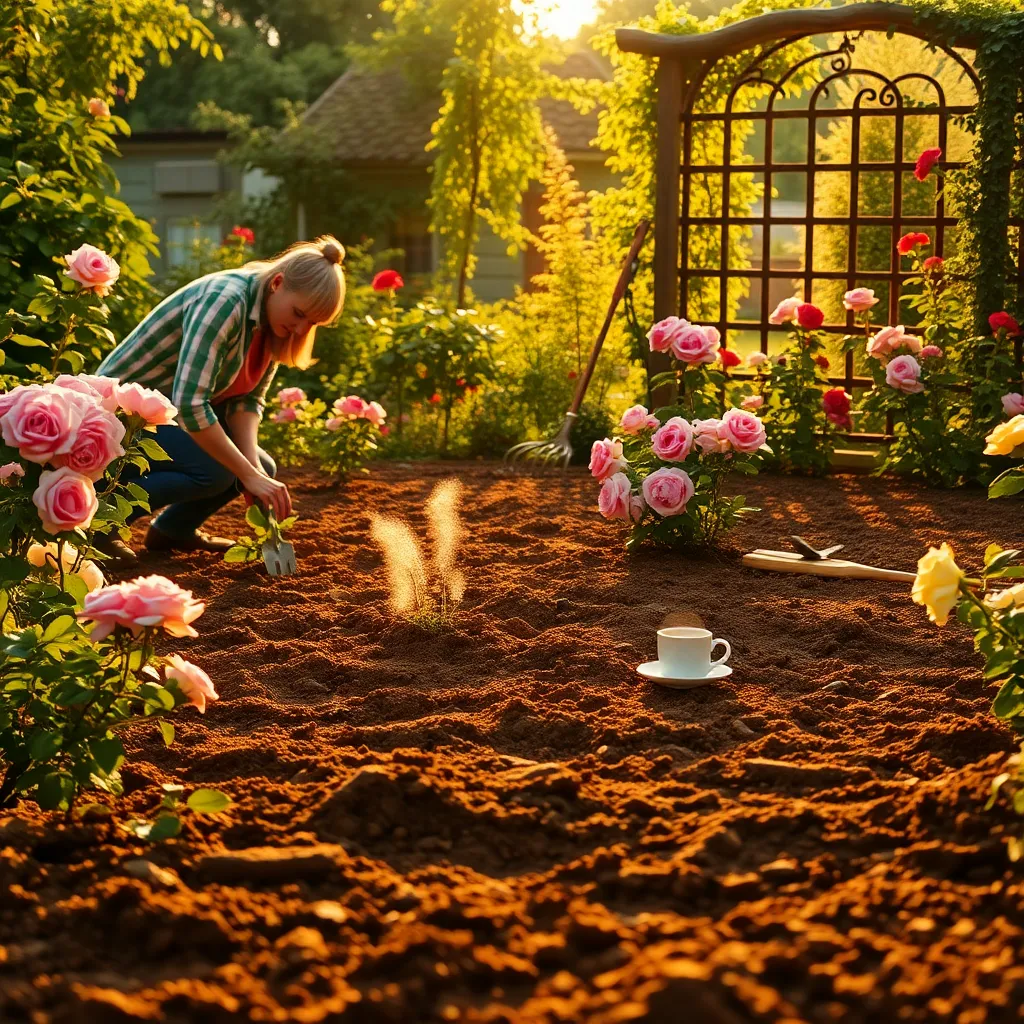
To ensure your roses thrive, begin by preparing well-drained soil beds. Start by choosing a location with soil that drains well to prevent waterlogging, which can harm rose roots.
Loosen the soil to about 12 to 18 inches deep, incorporating organic matter like compost or well-rotted manure. This addition not only improves drainage but also provides essential nutrients for your roses.
Consider conducting a soil test to determine pH levels, aiming for a range of 6.0 to 6.8, which is ideal for roses. If needed, amend the soil with lime to increase pH or sulfur to decrease it, ensuring optimal conditions for growth.
For those dealing with heavy clay soil, adding sand and organic material can significantly enhance drainage. This step is crucial, as roses require both adequate drainage and nutrient-rich soil to develop strong root systems.
Space Roses for Air Circulation
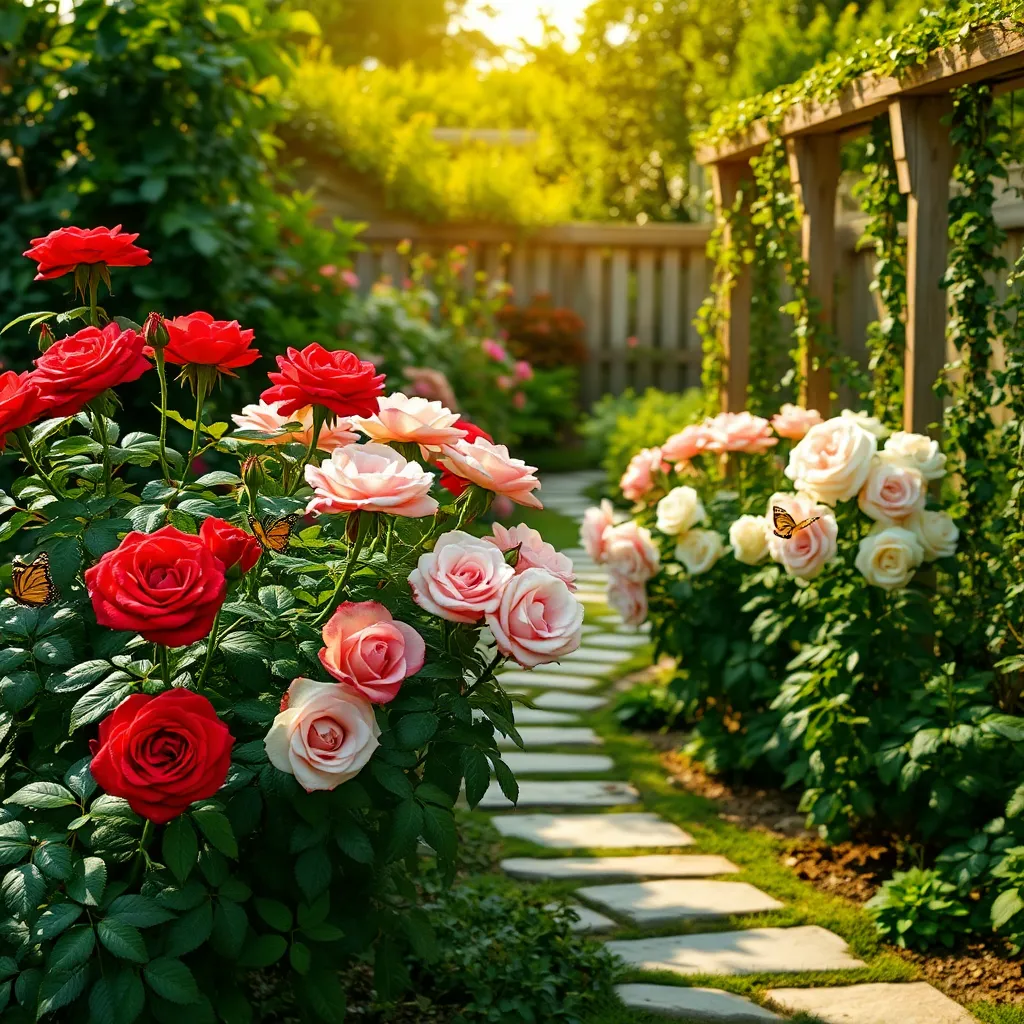
To ensure optimal growth and health of your roses, adequate spacing is crucial for air circulation. Proper spacing helps prevent diseases by allowing moisture to evaporate more quickly from the leaves.
For beginner gardeners, aim to plant roses approximately 3 to 4 feet apart. This distance allows each plant enough room to mature while minimizing the risk of fungal diseases like black spot and powdery mildew.
Consider the mature size of the rose variety you are planting, as some may require even more space. Climbing roses, for instance, can benefit from additional distance to accommodate their expansive growth.
Advanced gardeners can experiment with companion planting to enhance air circulation. By interspersing your roses with compatible plants like lavender or garlic, you can improve airflow while also repelling pests naturally.
Prune Regularly for Healthy Growth
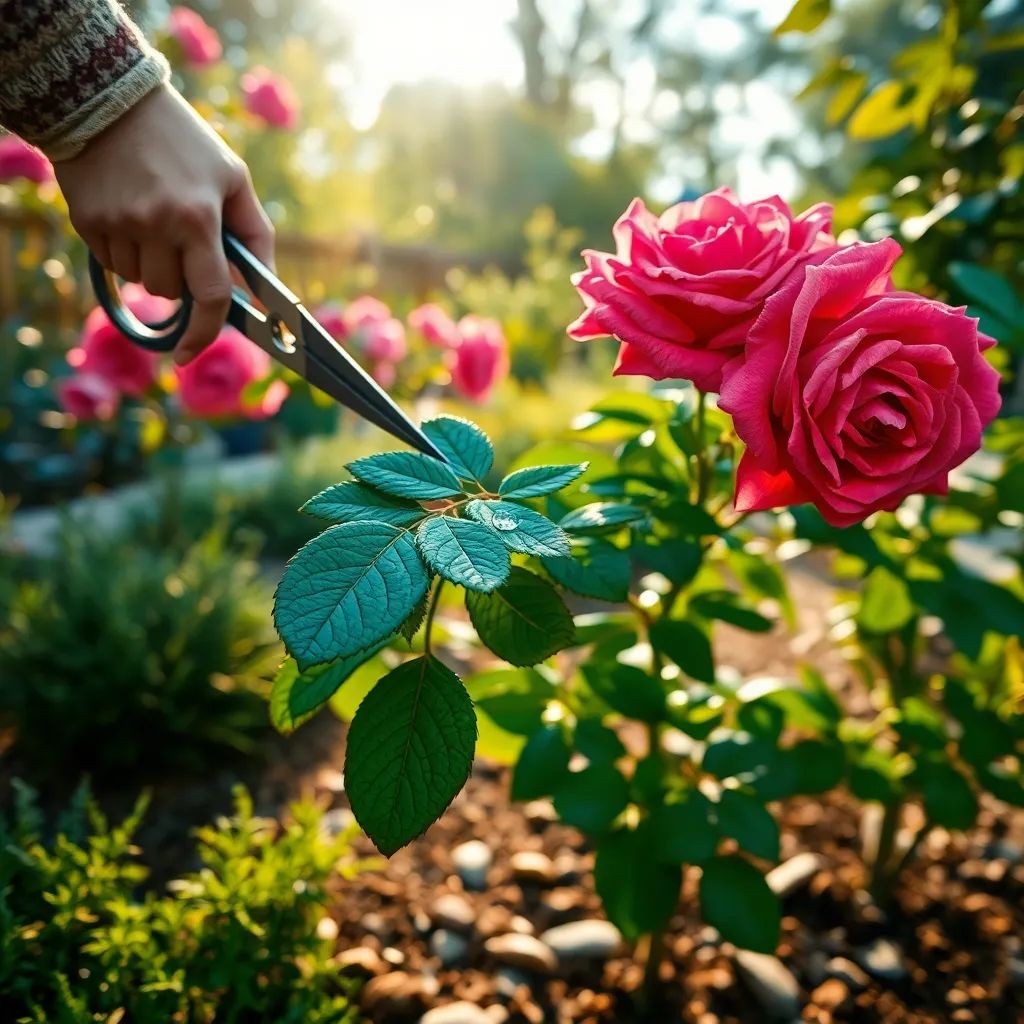
Regular pruning is essential to maintain the health and shape of your rose plants. By removing dead or diseased wood, you help prevent the spread of pests and diseases, ensuring your roses thrive.
To start, use sharp, clean shears to make precise cuts at a 45-degree angle, about a quarter inch above an outward-facing bud. This encourages outward growth and improves air circulation, reducing the risk of fungal infections.
For beginners, a simple rule is to prune in early spring when buds begin to swell but before they leaf out. More experienced gardeners might also consider a light pruning in late summer to remove spent blooms and encourage a second flush of flowers.
Advanced gardeners can try the technique of deadheading, which involves removing faded flowers throughout the blooming season. This not only keeps the plant looking neat but also directs energy into producing more blossoms rather than seeds.
Fertilize in Early Springtime
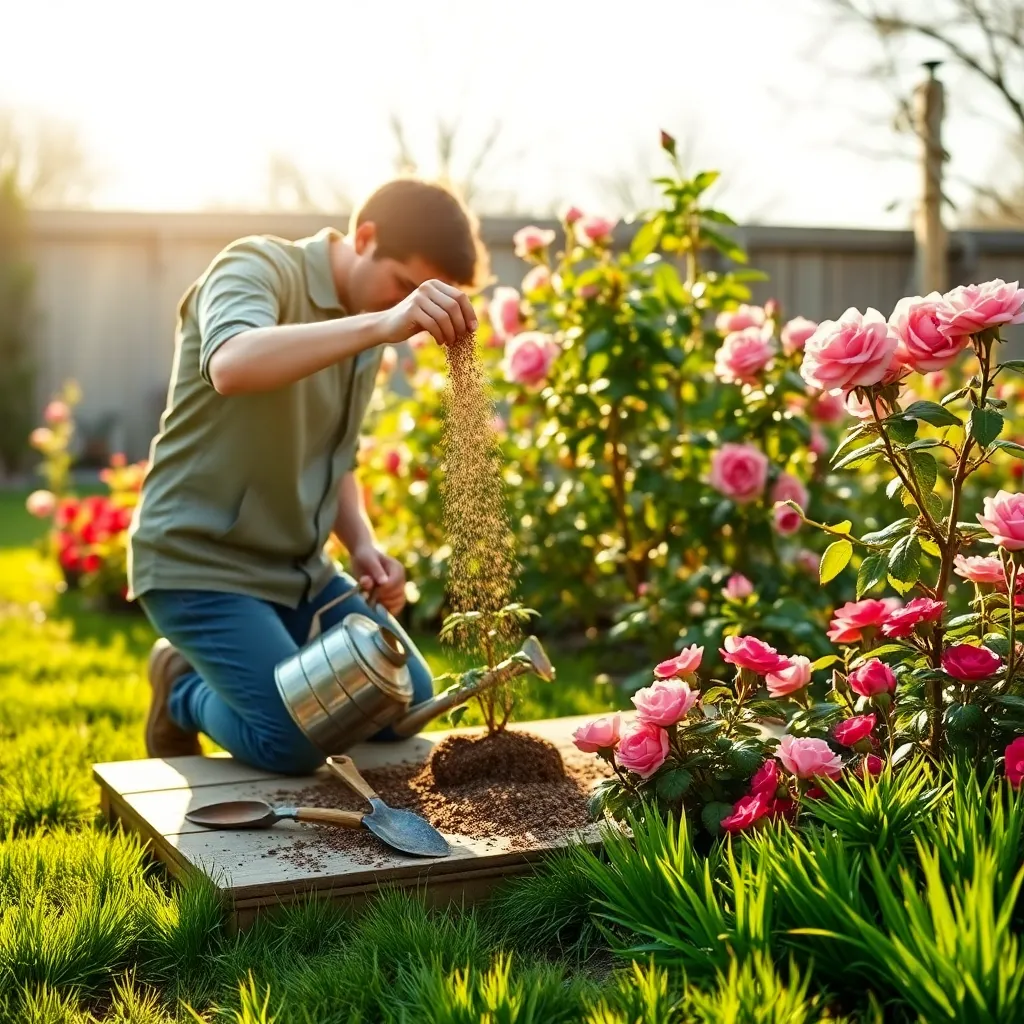
Early spring is the ideal time to fertilize your roses, as it encourages robust growth and abundant blooms. Begin by selecting a balanced fertilizer, such as a 10-10-10 blend, which provides equal parts nitrogen, phosphorus, and potassium.
Before applying fertilizer, ensure the soil is moist to prevent root burn. Spread the fertilizer evenly around the base of each rose bush, keeping it a few inches away from the stem to avoid direct contact.
Water your roses thoroughly after fertilizing to help the nutrients penetrate the soil and reach the roots. For optimal results, consider applying a layer of organic mulch, which will retain moisture and gradually release nutrients as it decomposes.
Advanced gardeners can consider using slow-release fertilizers, which provide a steady supply of nutrients over an extended period. This method reduces the frequency of applications and supports continuous growth throughout the season.
Conclusion: Growing Success with These Plants
As you embark on the journey of planting roses in your backyard, remember that these five key relationship concepts—nurturing growth, understanding needs, providing support, fostering resilience, and celebrating beauty—are as vital in blossoming human connections as they are in cultivating vibrant roses. Just as each rose requires careful attention to bloom, so do our relationships need thoughtful care and intention.
To put this into action, take a moment today to identify one simple gesture of appreciation you can offer to a loved one, reflecting the same dedication you show your garden. Whether it’s a heartfelt note or an act of kindness, this small step can plant seeds of positivity and growth in your relationship.
We encourage you to bookmark this article as a reminder of the parallels between gardening and relationships, offering you a resource to revisit as you continue to nurture both. As you integrate these concepts into your life, know that your efforts are the foundation for enduring and flourishing relationships. Your commitment today is a promise of tomorrow’s success, where every connection can bloom as beautifully as a well-tended rose garden.

